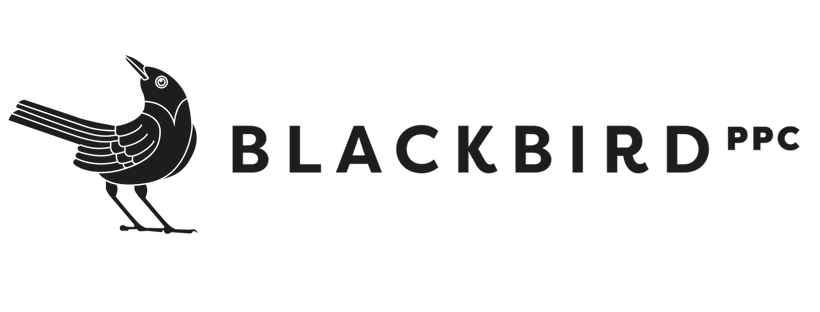Marketing Analytics Confidential: A Series to Protect Your Best Budgeting Interests
At Blackbird, our focus on advanced analytics helps us flag when brands are vulnerable to fraud or analytics manipulation. (Believe it or not, we see it frequently in account audits, and we often have to course-correct when our clients get shaky advice from advertising partners.)
Bad actors? Simple misunderstandings? Either way, the brands suffer. And we want to change that.
Introducing our Analytics Confidential series, where we put one paid media analytics term in focus at a time and explain what it is, how it gets misused, and why it matters to get it right for your campaigns.
Since many of these will focus on the concept of attribution, let's start by defining attribution itself:
Attribution means the concept of assigning credit for a conversion to a specific marketing channel or touchpoint, or a series of touchpoints. The point of attribution is to understand which marketing channels are driving the most conversions (and which aren't) so you can allocate your marketing budget effectively.
And for a little teaser, let’s look at something fairly basic: lookback/cookie windows. Those windows specify the duration of post-click or post-view time during which any subsequent actions will be credited to that ad.
If, for instance, you have a cookie window of 7 days, then any conversions that occur within 7 days of a customer seeing or clicking on your ad will be attributed to that ad.
The longer the window, the more conversions are attributed – but the higher the chance that other factors will have influenced the conversion without getting credited. Brands whose campaigns use 30-day windows would be very well served to take the “conversion volume” credited to those ads with a big grain of salt.
Stay tuned for more editions of this series — an informed marketer is a more successful marketer. If you suspect your campaigns could benefit from some expert analytics QA, just reach out to start a conversation.

